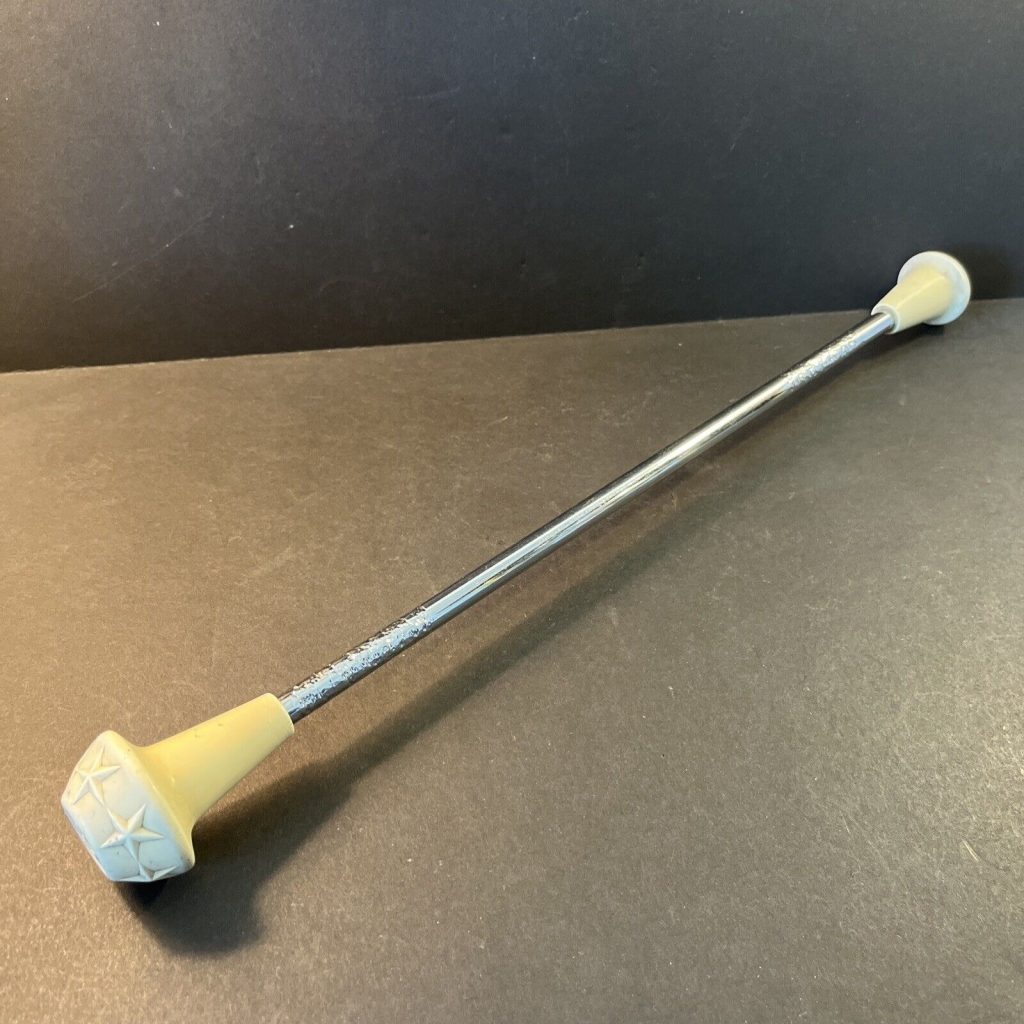Unveiling the Secrets of Vintage Twirling Batons
Introduction
Vintage twirling batons hold a special place in the world of performance arts and collectibles. These graceful instruments, once wielded by majorettes and performers, are rich in history and craftsmanship. Their intricate designs and unique features have captivated enthusiasts and collectors alike. Let’s delve into the secrets and charm of these nostalgic treasures.
The Golden Era of Baton Twirling
Baton twirling gained widespread popularity in the mid-20th century, particularly during the 1940s and 1950s. This era, often referred to as the “Golden Age” of baton twirling, saw the rise of skilled performers who dazzled audiences with their precision and flair. During this time, the design and craftsmanship of batons reached new heights, making vintage batons from this period highly sought after.
Craftsmanship and Materials
Vintage twirling batons are distinguished by their quality craftsmanship and the materials used. Unlike modern batons, which often utilize lightweight metals and plastics, vintage batons were commonly made from durable materials like stainless steel, aluminum, and sometimes even wood. The batons often featured intricate handles, known as “grips,” which could be made from a variety of materials including rubber, leather, or Bakelite.

Iconic Brands and Makers
Several manufacturers were renowned for producing high-quality twirling batons. Companies such as Starline Baton Co., Sharp Baton Co., and Smith Baton Co. were well-known names in the industry. These brands were celebrated for their innovative designs, including unique swivel heads and balance points that allowed for smoother spins and throws.
Collectible Value
The value of vintage twirling batons can vary significantly depending on factors such as age, condition, brand, and rarity. Batons from the Golden Age, especially those in mint condition or with unique features, can fetch high prices among collectors. Limited edition batons or those associated with famous performers or events also hold special appeal.
Restoration and Preservation
For collectors and enthusiasts, preserving the condition of vintage batons is crucial. Proper care involves keeping the batons in a cool, dry place to prevent rust and degradation of materials. Some collectors choose to restore their batons to their original condition, a process that may involve polishing metal parts, replacing grips, or refurbishing decorative elements.
The Cultural Impact
Beyond their collectible value, vintage twirling batons are a symbol of a bygone era in American culture. They evoke memories of parades, halftime shows, and competitions, where skilled performers showcased their talents. These batons are not just objects; they are artifacts that capture the spirit and joy of performance arts.
Conclusion
Vintage twirling batons are more than just elegant instruments; they are pieces of history that tell the story of a vibrant performance art. From their craftsmanship to their cultural significance, these batons continue to fascinate and inspire. Whether you’re a collector, a performer, or simply a fan of vintage memorabilia, the allure of these twirling batons remains timeless

